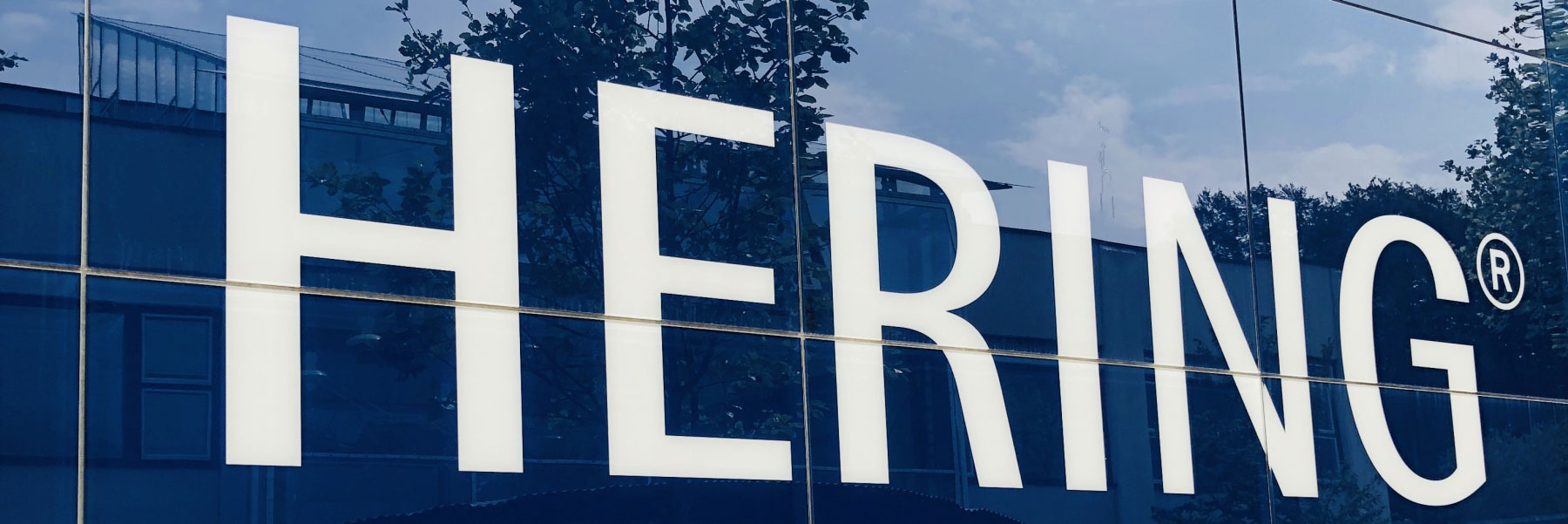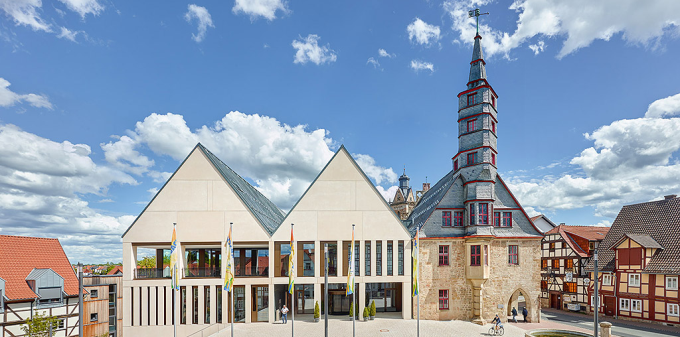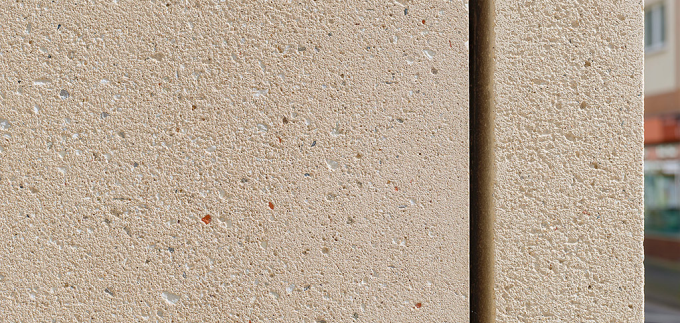What exactly is urban mining and recycled concrete?
Urban mining is basically about creating cycles to preserve raw materials that have already entered into our environment, cities and everyday products.
The benefits are obvious: Urban mining protects scare resources because its main focus is on reusing secondary raw materials. Urban mining also constitutes a cost-effective alternative, particularly at a time when raw materials are becoming more scarce and expensive.
Mineral construction waste – from the demolition of buildings, for example – is processed and used as an aggregate to manufacture recycled concrete. The aggregate from these materials is employed as a substitute for the gravel or crushed natural stone that are normally employed in the production of concrete. It is possible to use crushed old concrete alongside masonry and brick rubble. This creates a variety of interesting colours.
The HERING precast plant manufactured a total of 260 panels for the Korbach project. The panels were blast-finished. The desire was to use the red roof tiles from the demolished building as the colouring component to produce a slightly reddish tinge in the concrete. The existing material was crushed, screened, washed and processed in a crushing plant once the materials had been sorted after demolition. It was possible in the end to use more than 62% of the demolition material for the new building!
One aspect that makes the use of recycled concrete in architecture attractive is the fact that it’s possible to reflect the demolished old structure in the new build’s components. It allows finishes to be realised that reveal the fact that recycled concrete has been used – thus immediately demonstrating that the technology is helping conserve natural resources and protect the environment.
Photos: ©Fotodesign Andreas Braun






